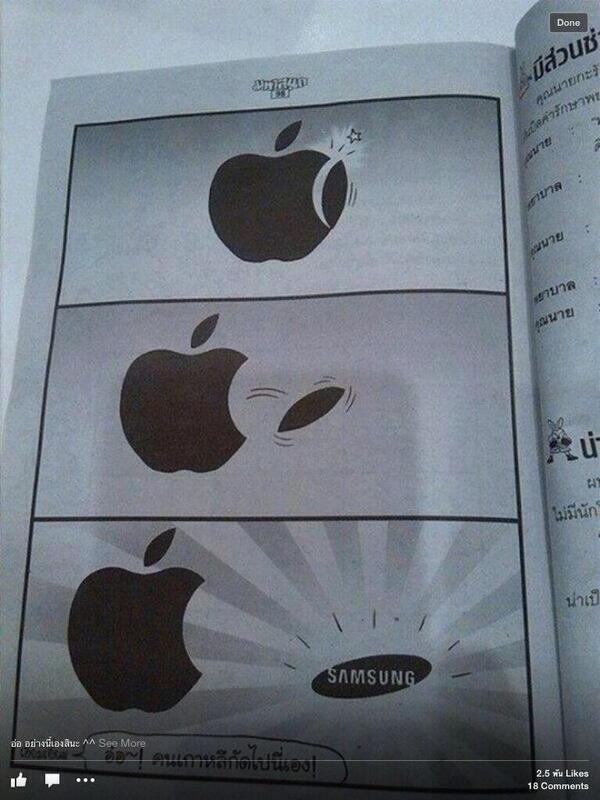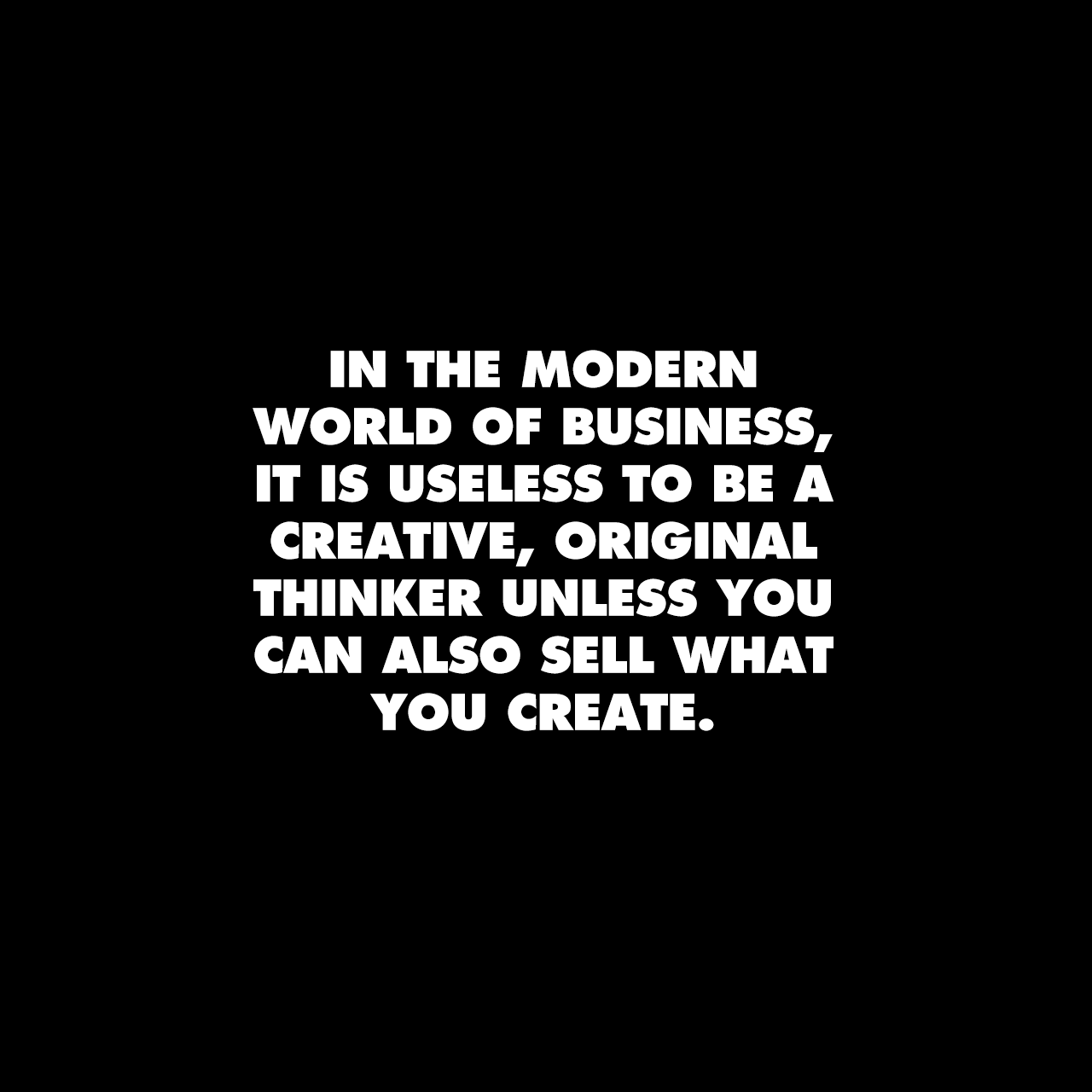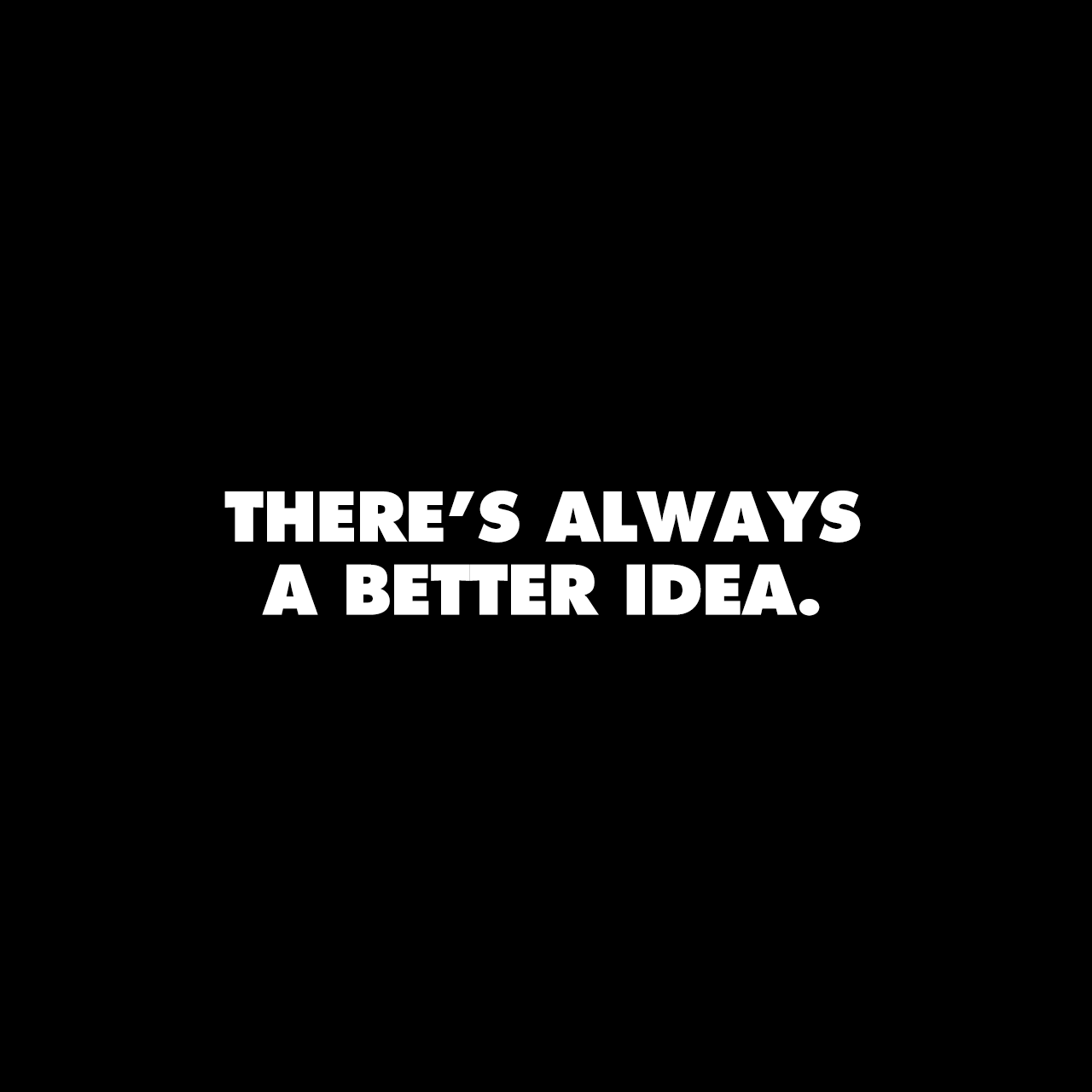*____*

via Bees & Bombs

via Bees & Bombs
Will Oremus at Slate asks us if Microsoft’s new tablet could replace your laptop?
Luckily, he answers it:
It’s hard to know how much of this is my unfamiliarity and how much is Microsoft’s poor design, but this article took me significantly longer to write on the Surface than it would on either my Macbook or my old Windows XP desktop machine. That’s partly because Word crashed and had to restart for no apparent reason, and partly because simple tasks like copying a URL from Internet Explorer and pasting it as a hyperlink in Word took multiple rounds of trial and error.
Sounds pretty awesome.
One of the things that I am most passionate about is showing respect for the ingenuity of others. Working in an ecosystem where I am often competing very closely, it is inevitable that I will be confronted with situations where the easy thing is to match/copy/remix someone else’s ideas into my own app.
What I have found very frustrating is that I haven’t been able to define what is acceptable in a manner that comes anywhere close to the importance I think this topic demands. Too often I am left with just an I’ll know it when I see it definition.
—David Smith provides a great example of the art of remixing
I call it not being a lazy ass and using your brain to make something that resonates with you.
Microsoft, you’re killing me. You’ve just announced what looks like a killer new tablet that you’re hyping as “the tablet that can replace your laptop.” It looks like a big improvement over the Surface 2 in just about every possible way, from the display quality to the super-thin build. But for some reason, you are still insisting on selling the keyboard cover separately for $130 a pop. To use an old science fiction cliché, this does not compute.
This bothers me for no other reason than because it seems like an assault on basic logic. You are selling a tablet that is, by your own admission, meant to be a laptop replacement. You compared it to the MacBook Air repeatedly during your presentation. And yet you’re still telling customers that having a keyboard is optional for something that’s supposed to be a laptop replacement… why?
—Brad Reed, BGR
If Microsoft opened a car dealership, they’d be selling the cars without wheels.
If Microsoft were a clothing retailer, they’d be selling shirts without buttons, and pants without zippers.
I have more, should I go on?
Seriously, Microsoft, what the fuck is wrong with you?
Brilliant.

via Twitter

via Digiday
Is that not the caption to this photo? My bad.

Give it up, Microsoft. You have derailed.
From Jacob Miller:

Until I switch to a new program like Sketch, I’d like to see Photoshop improve.
Gabby Manotoc on the new Netflix logo and the rise of the flat design trend:
This flat design is in trend with many logo redesigns. Its approach is an attempt on minimalism. The Helvetica-esque typeface disregards the personality of Netflix. The company doesn’t need to be a wayfinding system; its users want it to be fun. Cinema is a form of entertainment that contains boundless levels of energy. The old logotype was reminiscent of the old Blockbuster signs–which was incredibly appropriate considering the service the company provides. The new approach is not only sterile, but it appears to have no rhyme or reason behind it.
I find it interested that at the same time as we’re seeing a surge in flat visual treatments on everything—logos, mobile user interfaces, web sites—we’re also seeing a surge in copying the old, naive type treatments from 100+ years ago. Talented designers like Jon Contino, who imprefectly draw their work out by hand, are more popular than ever (a Contino logo pairs well with a ring made from a coin from Etsy).
It’s also important to note that the fact that the new Netflix logo is flat isn’t the problem. The problem with the Netflix logo is that it isn’t better than the original. It’s not telling a story.
The same goes for the not-flat UPS logo:
The question we need to ask ourselves isn’t whether a logo is flat or not, but whether it’s good or it’s shit.

—Stan Rizzo, Mad Men, S7E6


via Instagram
The social media platform is not only launching the career of under-the-radar artists, it is providing the world with an entirely new way to access art. Where artists once had to first get support of the art world elite–critics, galleries and big name collectors, which would eventually lead to museum shows–before reaching the monied masses, today artists use Instagram as their own virtual art gallery, playing both dealer and curator while their fans become critics and collectors, witnessing the creative process in real time.
Vogue
From Steve Lohr at The New York Times:
Gov. Andrew M. Cuomo of New York last month appointed a three-person commission to offer thoughts on the use of technology in schools.
The group, the governor’s office said in a statement, will be “charged with advising the state on how to best invest” the $2 billion the governor plans to raise in a “Smart Schools” bond issue in the fall.
Eric E. Schmidt, executive chairman of Google, is one of the three, but his appointment raised some eyebrows. Mr. Schmidt’s company has a commercial interest in seeing more Chromebook computers, which run Google’s Chrome web software, and the company’s productivity applications, Google Apps, being used in schools.
That’s bullshit.
(I’d feel the same way if Tim Cook was on the commission, only to a much lesser degree because I prefer Apple products to comparable Google ones)